Fed Up with Fruit Flies? Here’s How to Actually Win the War
I’ll never forget the call I got from a frantic café owner. It was the middle of a hot summer, his busiest season, and his shop was absolutely swarming with fruit flies. We’re talking clouds of them. He’d tried all the usual stuff—store-bought sprays that left a chemical funk his customers hated, and some DIY potions that did, well, nothing. The little pests were literally costing him business.
In this article
When I showed up, the problem was obvious, but not in the way you’d think. Sure, there was fruit on the counter, but the real issue, the source, was hidden away where nobody ever thinks to look. It’s a scene I’ve seen play out in homes and businesses more times than I can count.
Here’s the thing about fruit flies: they’re more than just an annoyance. They’re a tiny alarm bell telling you that something, somewhere, is starting to rot. They’re experts at finding the very first stages of fermentation. Understanding that is the absolute key to getting rid of them for good. So, this isn’t just about killing bugs; it’s about making your space a place they simply don’t want to be. Let’s walk through the pro techniques that actually work.
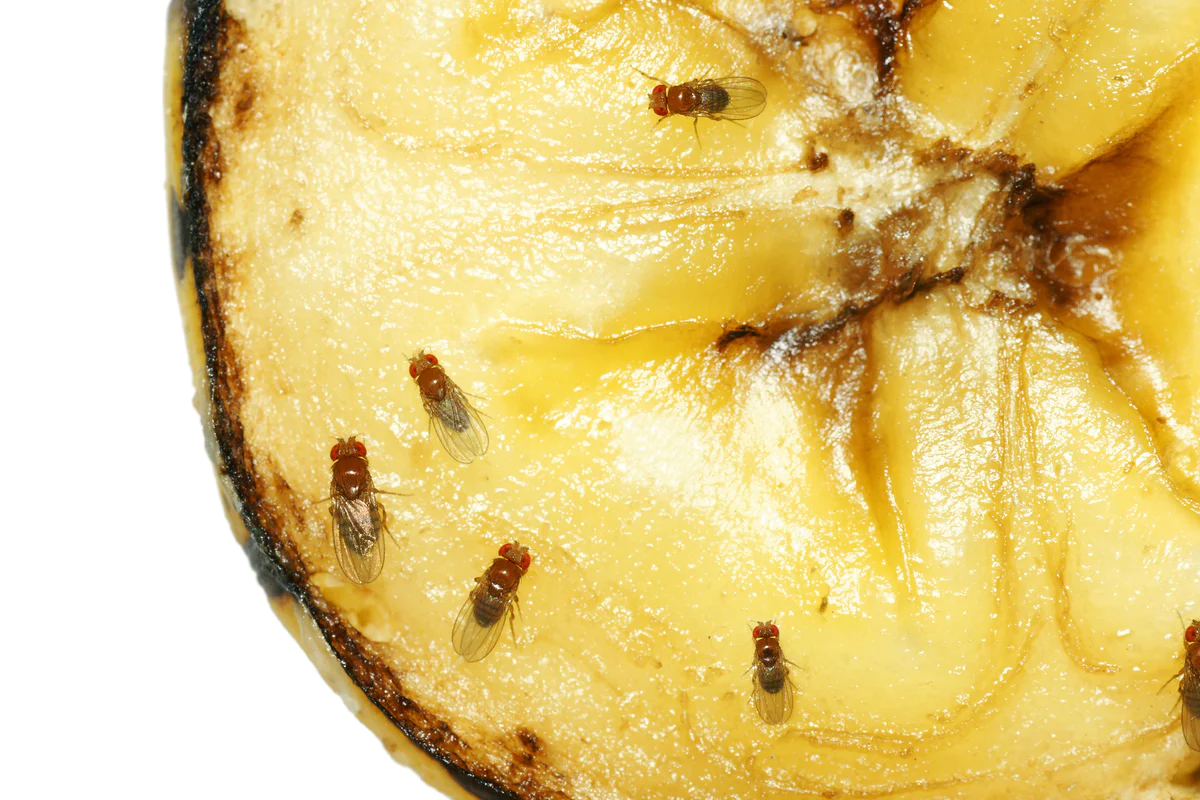
First, Know Your Enemy
Before you can win a battle, you have to understand who you’re up against. The common fruit fly is a survival machine. Its entire existence revolves around finding fermenting organic matter, laying hundreds of eggs, and doing it all over again at lightning speed. To a pest control pro, their life cycle is just as important as any tool in the kit.
A single female can lay up to 500 eggs. And in warm conditions, say around 75-80°F, those eggs can become flying adults in as little as eight days. Think about that. It’s why one or two flies can turn into an infestation practically overnight. This is honestly the biggest reason most home remedies fail—they only target the adult flies you see, while a whole new army is getting ready to emerge.
And what do they smell? It’s not just “fruit.” Their antennae are like sophisticated little sensors, tuned to the alcohols and acids that yeast produces during fermentation. That’s why they’re obsessed with that overripe banana, the last drops of wine in a glass, a sour dish rag, or the gunk hiding in your kitchen drain. They’re basically tiny, flying fermentation detectors.
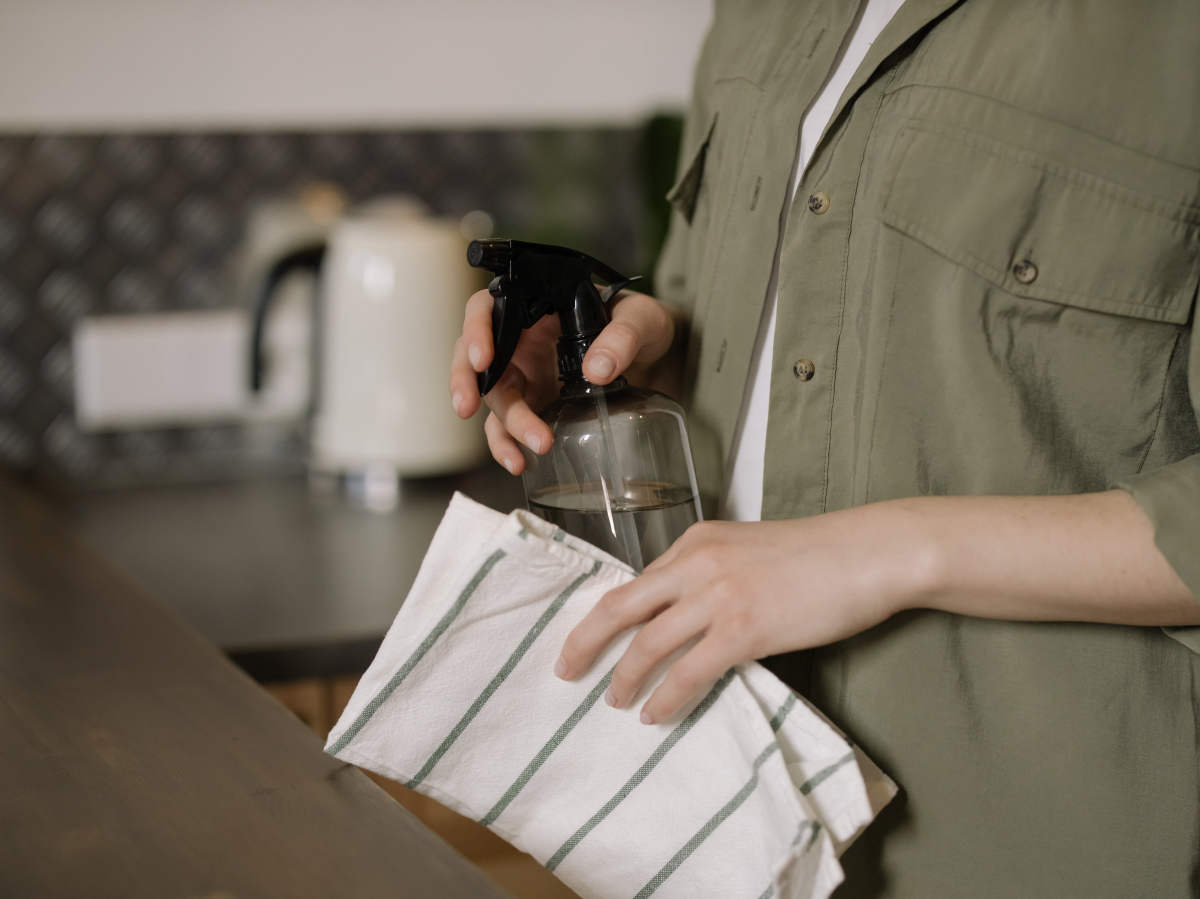
The Pro Strategy: A Two-Step Process
When I’m training a new technician, the first rule of fruit fly control is simple: Sprays and traps are just support tools. The real work is investigation and sanitation. You simply cannot spray your way out of a fruit fly problem if you haven’t taken away their food source and breeding ground. This is non-negotiable.
Step 1: Become a Detective and Eliminate the Source
Before you even think about mixing a spray, grab a flashlight. It’s time to do some real detective work. This is what a pro does first, every single time.
Your Inspection Checklist:
- Fruit Bowls: The obvious one, but check every single piece. One mushy peach is a five-star resort for fruit flies.
- Trash & Recycling Bins: Look inside. A little spilled juice at the bottom or an unrinsed soda can is all it takes. Take the trash out daily until the problem is gone.
- The Kitchen Sink Drain: This is a HUGE one. Drains build up a slimy film of organic gunk that is a perfect nursery for fruit fly larvae.
- Under and Behind Appliances: Pull out the fridge if you can. A lost grape or a leaky drip pan underneath is a common hidden culprit.
- The Pantry: A forgotten bag of potatoes or onions is a classic source. One rotting potato can single-handedly fuel an entire infestation.
- Random Wet Spots: That sticky spot on the floor where juice spilled, a damp mop head left in a bucket, or a sour bar mat are all potential breeding sites.
Once you find the source, get rid of it. Throw out the bad produce, clean the spill, and scrub the bin. This one step is more powerful than any spray you can buy.
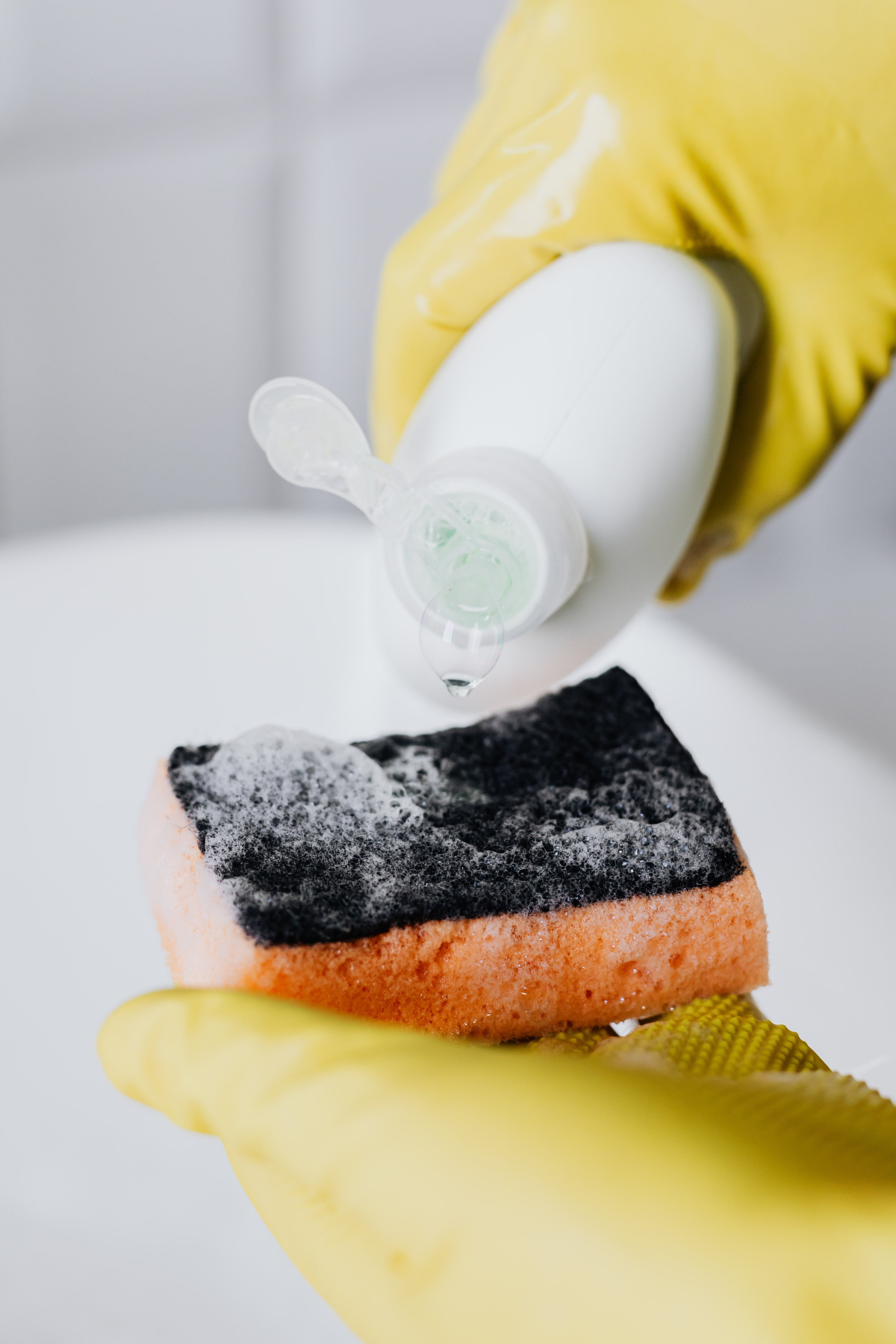
Heads Up! Not sure if your drain is the culprit? Try this little trick. Before you go to bed, make sure the drain is dry and tape a clear Ziploc bag over the opening. If you wake up and find flies trapped in the bag, congratulations—you’ve found their secret headquarters.
My Pro-Level 3-Step Drain Flush:
If you’ve confirmed the drain is the problem, just rinsing it won’t cut it. You have to scrub away that slimy buildup. Here’s how:
- The Hot Water Flush: Carefully pour a full kettle of boiling water down the drain. This will help loosen all the sticky, gross stuff clinging to the pipes.
- The Mechanical Scrub: This is the most important part. Get a long, flexible drain brush (you can find them online or at a hardware store for about $10-$15) and really scrub the inside of the pipe as far down as you can reach. You’re physically removing the gunk and the eggs.
- The Enzyme Attack: Now, finish the job with an enzymatic drain cleaner. Products like Green Gobbler or Bio-Clean use natural bacteria and enzymes to literally digest any remaining organic matter. They’re much better than harsh chemical drain openers for this job. Pour it in, let it sit overnight, and don’t run any water down the drain. You can grab a bottle for around $15-$25 online or at Home Depot.
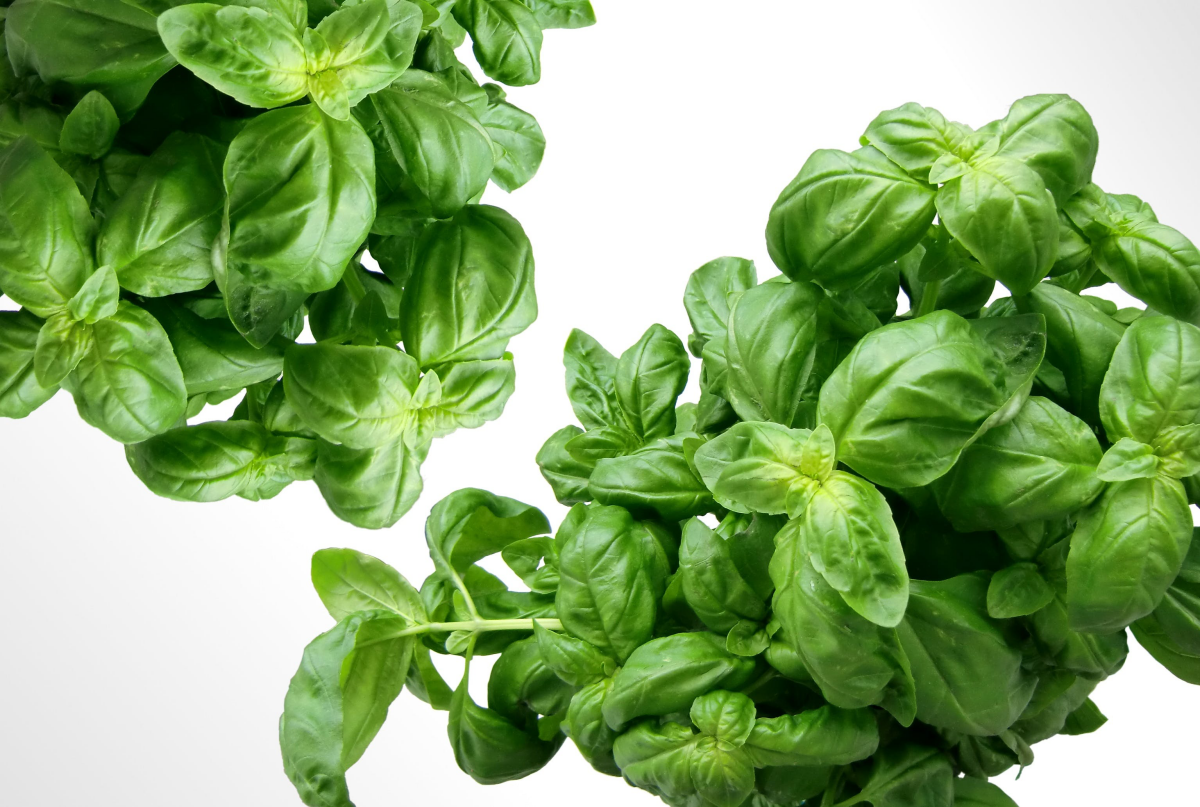
Step 2: Use Sprays and Traps to Handle the Survivors
Okay, with the source gone and the drains clean, now you can deal with the adult flies still buzzing around. This is where your homemade solutions shine. They’ll help you knock down the current generation and catch any stragglers.
Practical Recipes That Actually Work
I’ve seen a million different DIY recipes. These are the ones that are simple, based on solid science, and proven to work in the field.
In a Hurry? Your Quick Win:
If you only have time to do one thing today, do this: Make one apple cider vinegar trap. It takes two minutes, and I promise you’ll see a disturbing number of flies in it by tomorrow morning. It’s the fastest way to see some progress and feel like you’re fighting back.
Recipe 1: The Classic Vinegar Trap (for Luring & Drowning)
Let’s be clear: this is a trap, not a spray. Spraying this mixture around your kitchen will just make it smell like a salad and leave a sticky film. Its only job is to lure flies to their doom.
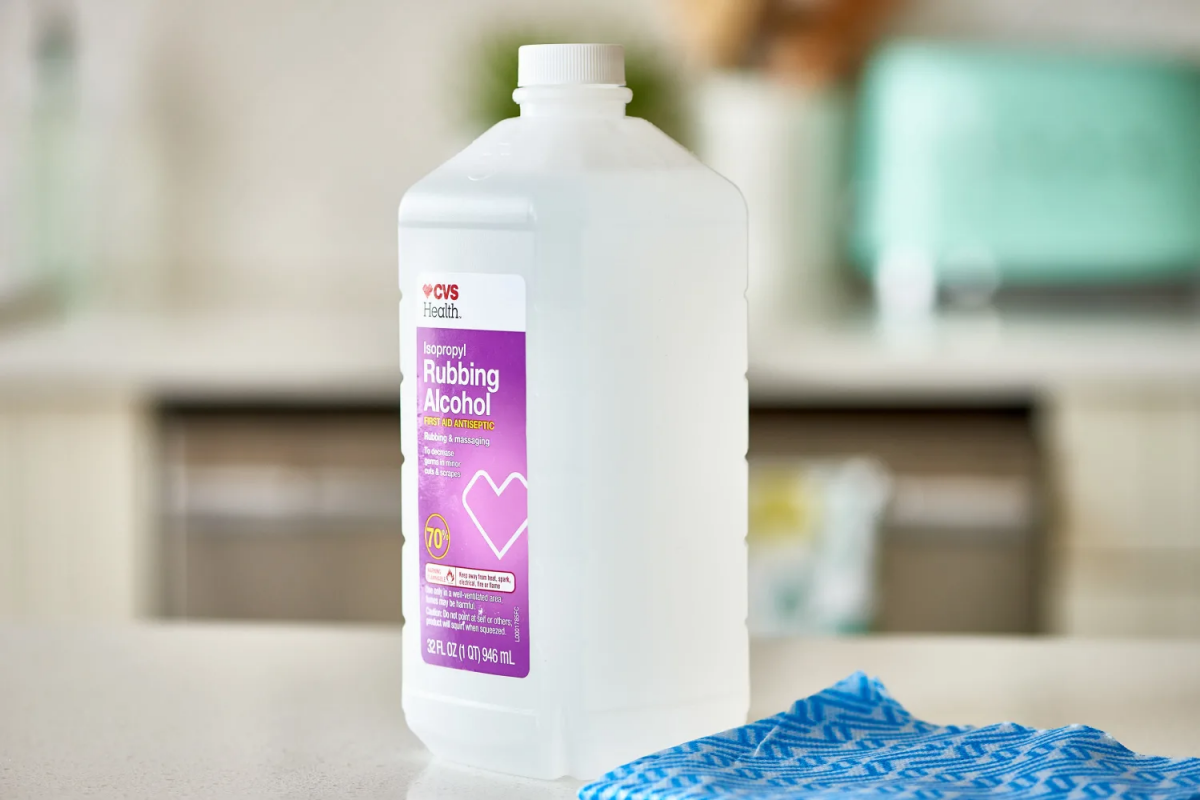
- What it does: Traps & Drowns
- Pet Safety: Generally safe
- Best For: Placing near sinks, trash cans, and fruit bowls to reduce the adult population.
The Pro Method:
- Pour about an inch of apple cider vinegar (ACV) into a small jar or bowl. Don’t water it down! You want that scent to be potent. By the way, a lot of people ask if they can use white vinegar. You can, but ACV works much better because it smells more like the actively fermenting fruit they’re looking for. A splash of leftover red wine or flat beer also works wonders! For the best results, use raw, unfiltered ACV with “the mother,” which you can get at any grocery store for about $5-$7.
- Add 2-3 drops of regular liquid dish soap. This is the secret weapon. It breaks the surface tension of the vinegar, so when the flies land for a drink, they fall in and can’t get out. Stir it in gently—you don’t want a ton of bubbles on top.
- Place the traps wherever you see the most fly activity. You’ll need to refresh them every couple of days as the vinegar evaporates and, well, gets full of dead flies.
Oh yeah, some people swear by making a little paper funnel to place on top of the jar. To be frank, I find the dish soap is all you really need. If they touch the liquid, they’re not escaping.
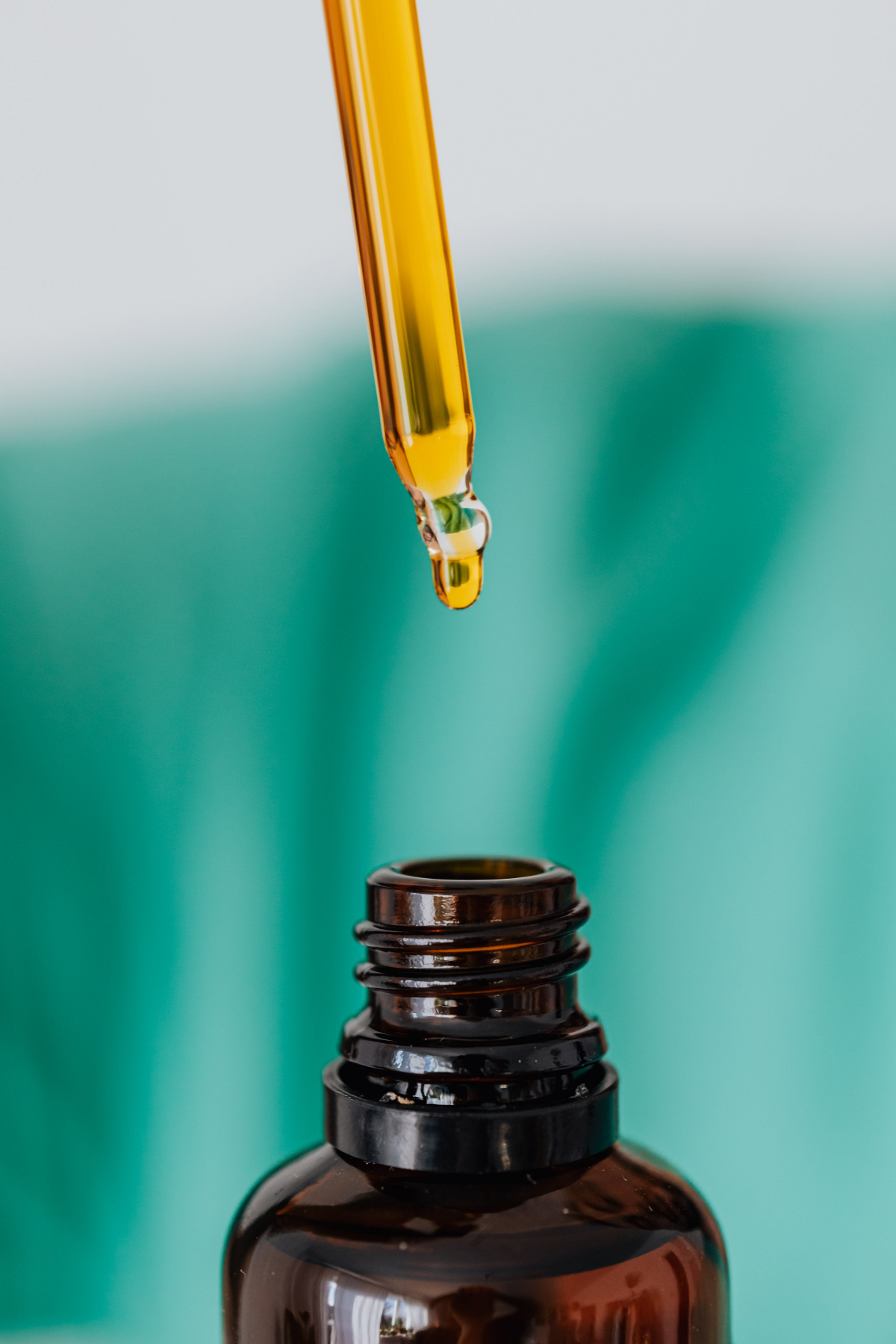
Recipe 2: The Rubbing Alcohol Contact Spray (for Quick Knockdown)
When you see a fly sitting on the wall and you just want it GONE, this is your tool. It works fast and evaporates without leaving a lingering smell.
- What it does: Kills on contact
- Pet Safety: Use in a well-ventilated area. The fumes can be irritating, so keep pets out of the room until it airs out.
- Best For: Zapping flies on windows, walls, and ceilings.
The Pro Method:
- In a good quality spray bottle that can produce a fine mist, mix 1 part 70% isopropyl alcohol with 2 parts water. Quick tip: Use the 70% stuff, not 91%. The higher water content in the 70% solution means it evaporates a little slower, giving the alcohol more time to work on the fly’s exoskeleton before it disappears.
- Shake it gently and you’re ready. Mist it directly onto flies. They’ll drop in seconds. Just remember this is for direct application, not for spraying all over your counters.
Important Safety Note: Please be careful. Isopropyl alcohol is flammable. Never, ever use this spray near an open flame, like a gas stove. Make sure the area is well-ventilated. It can also damage some finished wood or painted surfaces, so test it on a hidden spot first if you’re concerned.
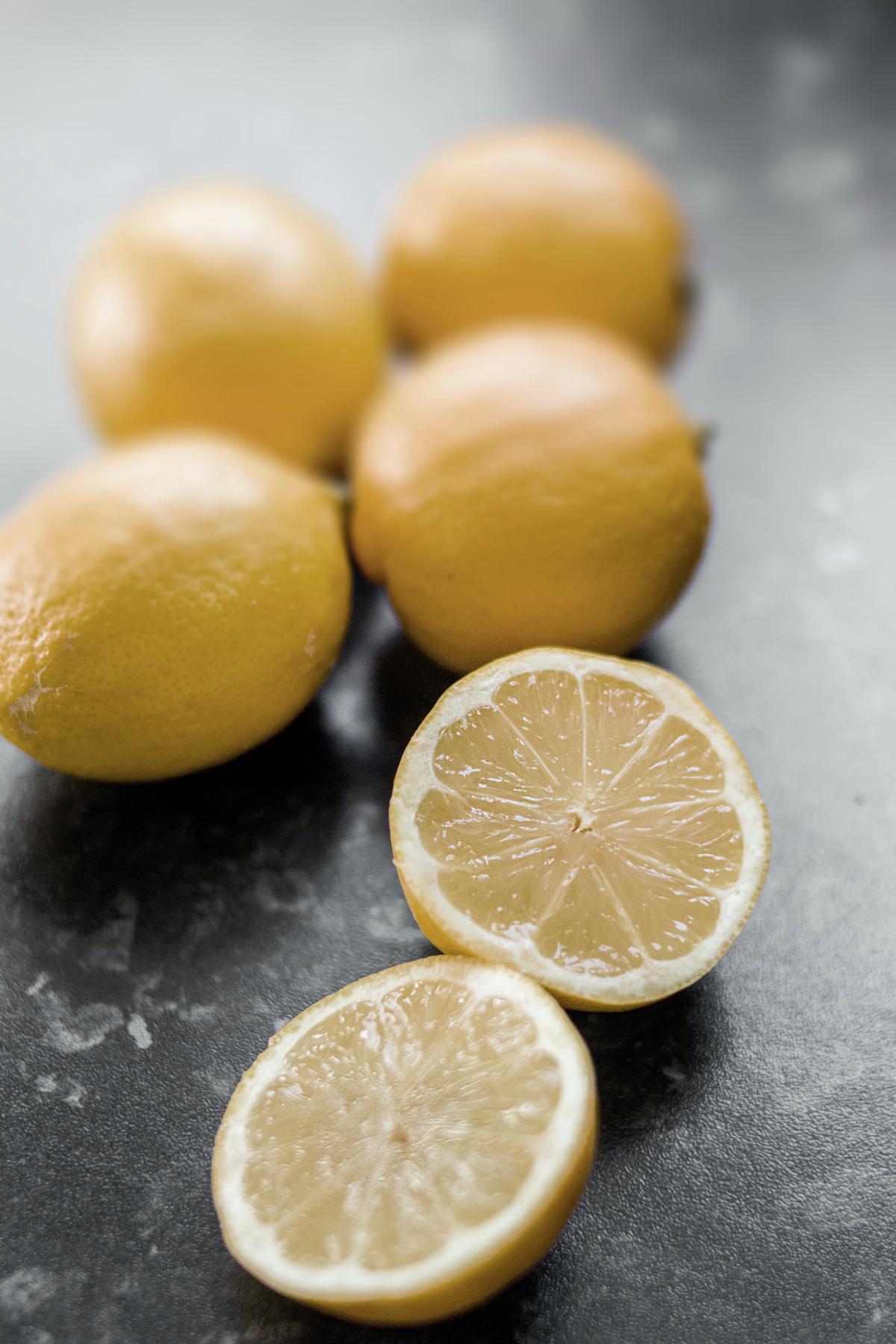
Recipe 3: The Essential Oil Repellent Spray (for Prevention)
After you’ve cleaned everything, this spray can help make surfaces less attractive to any new flies that might wander in. Think of it as a preventative shield.
- What it does: Repels
- Pet Safety:EXTREME CAUTION. This is critical. Many essential oils, especially peppermint and tea tree oil, are toxic to pets, and cats are particularly vulnerable. Their livers can’t process these compounds. Do not use this in a home with cats. If you have dogs, talk to your vet first. Seriously.
- Best For: Lightly misting non-food surfaces like windowsills and around trash cans AFTER you’ve solved the main problem.
The Pro Method:
- I find peppermint and lemongrass oils work best. In a spray bottle, combine 1 cup of water with 10-15 drops of 100% pure essential oil.
- Oil and water don’t mix, so you need to add an emulsifier. A half-teaspoon of witch hazel or even a single drop of dish soap will do the trick.
- Shake it really well before every single use to make sure the oil is distributed in the water. Lightly mist it onto surfaces and reapply daily, as the scent fades.

Still Seeing Flies? When to Call for Backup
Sometimes, even after you’ve done everything right, a few stubborn flies remain. This almost always means there’s a sneaky breeding source you haven’t found yet.
I once worked with a small brewery that was doing everything perfectly, but the flies wouldn’t quit. We finally traced the problem to the floor drains, where tiny amounts of spilled beer were creating a constant food source. The solution wasn’t a spray; it was a nightly treatment of the drains with a professional bio-foaming agent. In another case, a homeowner was stumped until we discovered a leaky, unrinsed juice bottle at the very bottom of their recycling bin.
So, it’s totally fine to admit defeat and call a licensed professional. It’s not giving up; it’s being smart. Give a pro a call if:
- You’ve searched everywhere and still can’t find the source. An experienced pro knows all the weird places to look.
- The infestation is huge and just feels out of control. A pro has access to tools like insect growth regulators (IGRs) that stop the life cycle in its tracks.
- The problem is in a business, like a restaurant or bar. You need to be compliant with health codes, and a professional can ensure the job is done right and provide the necessary documentation.
- You suspect it might not be fruit flies. Phorid flies or drain flies look similar but require completely different control methods. A pro can correctly identify the pest, which is the most important step of all.
At the end of the day, controlling fruit flies isn’t about finding a single magic bullet. It’s about putting on your detective hat, being ruthless with sanitation, and then using traps and sprays smartly to clean up the rest. When you understand what they’re after, you can finally take back control of your kitchen for good.

Galerie d’inspiration
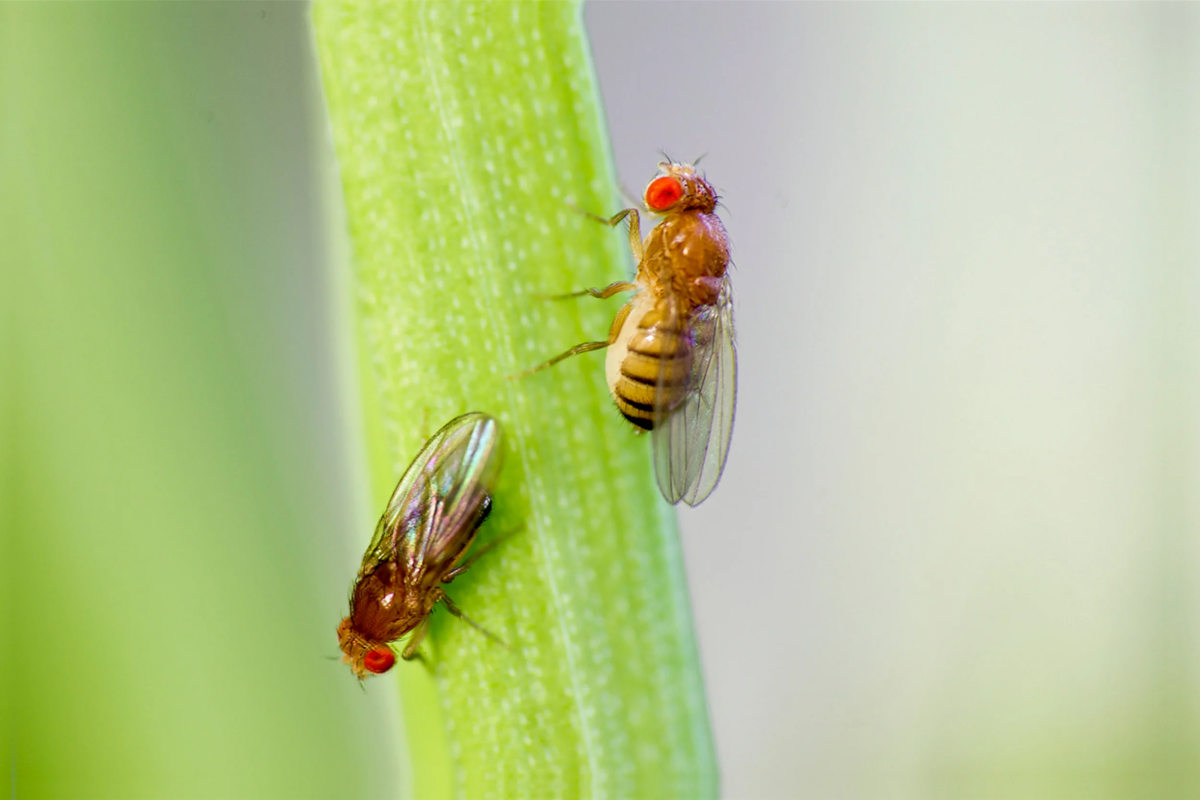
I’ve set out an apple cider vinegar trap, but the fruit flies seem to be ignoring it. What am I doing wrong?
It’s a common frustration, but the problem usually isn’t your trap—it’s the competition. A fruit fly will always go for the most pungent source of fermentation. If you have a single overripe banana, a forgotten potato in the pantry, or a bit of juice residue at the bottom of the recycling bin, that’s a five-star restaurant compared to your trap. Before you can expect the trap to work, you must eliminate all other food sources. Once their main buffet is closed, they’ll desperately flock to the apple cider vinegar you’ve so kindly provided.










